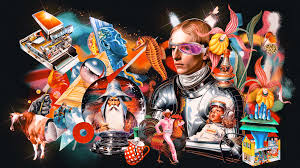
Menu

Uzbek miniature painting is a radiant testament to the country’s rich artistic heritage, deeply rooted in the cultural bloom of the Timurid and Persian empires. Known for their intricate details, vibrant colors, and poetic storytelling, Uzbek miniatures are not just artworks but windows into the history, philosophy, and aesthetic sensibilities of Central Asia.
This art form flourished under the patronage of rulers like Mirzo Ulugbek and Sultan Husayn Bayqara, with legendary artists such as Kamoliddin Behzod setting the gold standard. Behzod’s work is celebrated for its emotional depth, dynamic compositions, and refined color palette, often illustrating scenes from classical Persian literature like the Shahnameh or Khamsa.
Traditional miniature painting involves meticulous techniques. Artists use natural pigments, fine brushes, and wasli paper (a handmade paper) to achieve stunning detail. Every line is deliberate, and compositions are often crowded with symbolic meaning—each gesture, facial expression, and garment color carrying cultural weight.
Today, Uzbek miniature painting is experiencing a renaissance. Contemporary artists blend traditional techniques with modern themes, creating works that speak to both historical reverence and present-day identity. Art schools in cities like Tashkent and Bukhara are nurturing a new generation of miniature painters who keep this delicate art alive.



